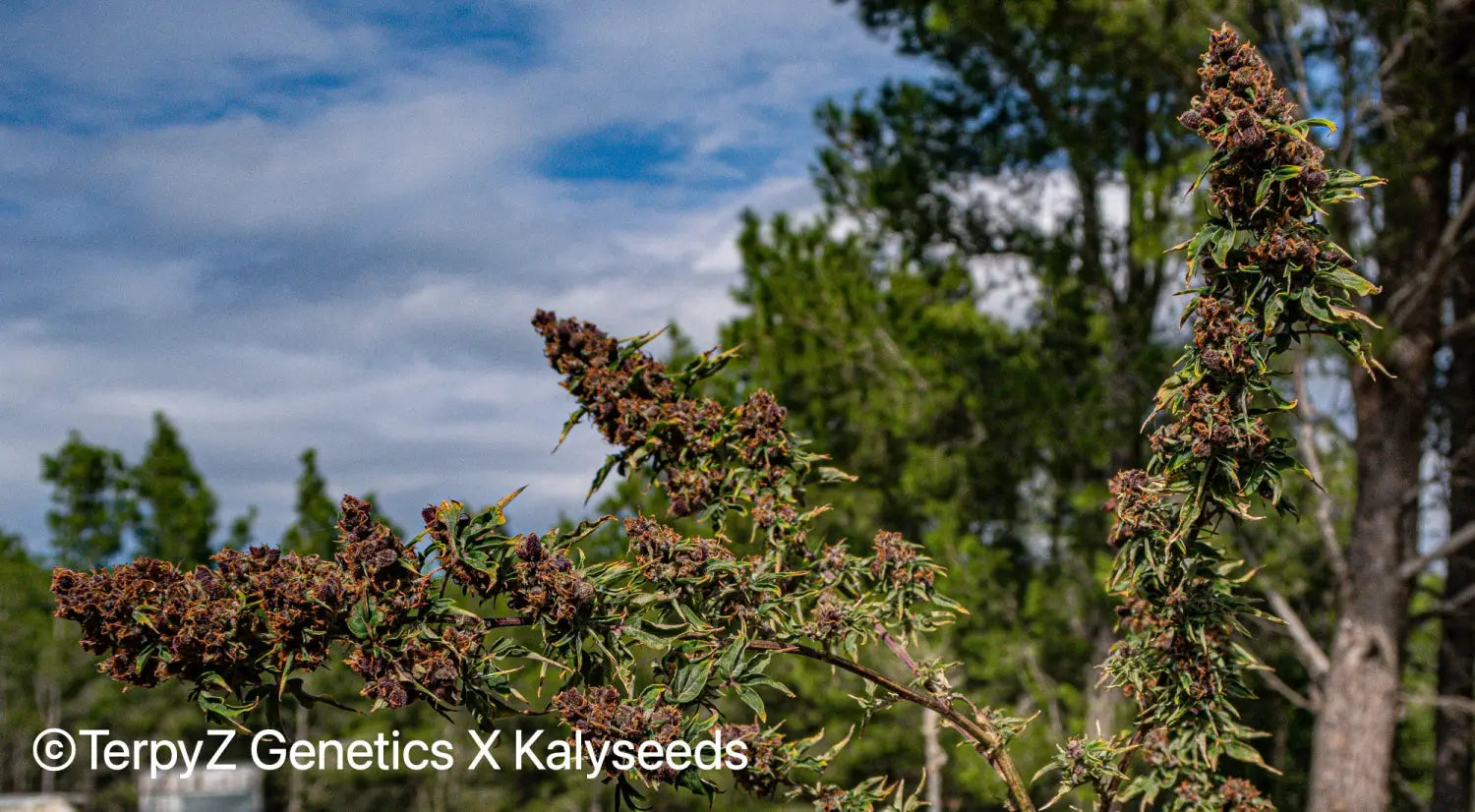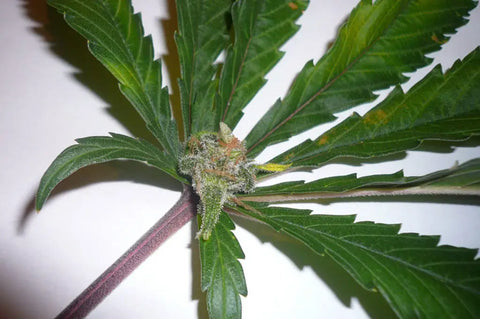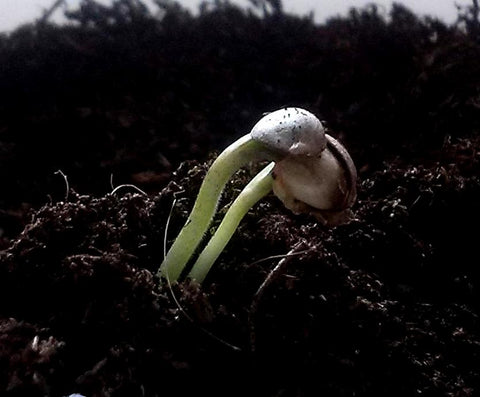Introduction
Why is there such a large range of different looking Cannabis plants? Have you ever wondered? Apart from the difference in strains, a change in the DNA sequence of a plant results in mutation. The effects of mutation are usually visible on flowers, buds, and leaves. The mutation may also affect the yield of a plant.
There are a number of different cannabis mutants observed throughout the world. Let’s see how different cannabis mutations affect different plants.
1. Whorled Phyllotaxy
The spiral appearance is termed as “whorl”, while “phyllotaxy” is a botanical term referring to the arrangement of leaves. Normally, cannabis plants have two leaves growing from each internode. But in a whorled phyllotaxy, more than two leaves originate from each internode. This makes a plant bushier and greener. More greenery allows better photosynthesis, which in turn gives it more energy and helps the plant grow better.
This plant yields can be better than other mutants. However, this trait cannot be passed onto other generations as it is a somatic mutation.
2. Creeper Cannabis
Creeper mutation occurs in tropical cannabis strains that need a humid environment for growth. These pants strains are typically very large.
This type of mutation causes the plant to invest all its energy in developing large lower branches instead of a large central cola. The plant bows down with all its branches touching the ground. Creeper cannabis plants continue to grow along the ground, forming new root sites.
This mutation is beneficial only because it disguises the plant and in tropical environments. Generally, it is rather rare.
3. Foxtail Cannabis
Calyxes form the base of the flower that develops first. In foxtail mutation, calyces grow on top of one another, forming a very oddly-shaped bud. The bud structure of the plant breaks up.
This mutation is neither beneficial nor detrimental. It just makes the buds appear elongated instead of round. Foxtail cannabis may form due to gene mutation or due to heat and light stress. This mutation is very common in some strains, typically found in Thailand. Where it serves as a trait beneficial in dealing with the high humidity levels and temperatures.

4. Vine Cannabis
This mutation is thought to be an extension of Australian Bastard Cannabis. Vine cannabis plants develop stems that wrap around each other in a spiral pattern. Some Aussie breeders performed some experiments that resulted in the development of this mutation according to very limited photographic proof. Other than that, no one observed this mutation.
This strain is extremely rare and no commercial strains of this mutant have been developed yet.
5. Leaf Buds
Usual cannabis plants have flower sites occurring at nodes. This is the same place that the stalk originates from. But in an interesting mutation called leaf buds, buds originate from the other end of the petiole as well, which is the base of the leaves.
This mutation could be beneficial as it can give more yields since it has more bud sites. But breeders prefer to remove it because they take up the nutrients needed at the main flower site.
6. Twin Seedlings
Twin seedling is also known as a polyembryonic seedling. As the name suggests, it has one more seedling, which generates into two taproots instead of one. On proper care, they have the potential to grow in two plants. One of these plants will be a normal offspring, while the other will be a clone of its mother.
Twin seedlings are very commonly observed. Some triplet seedlings are also reported. However, this polyembryonic condition doesn't seem to have any advantage for the breeders.
7. Polyploidism
Having double the number of chromosomes than normally found in their species is termed polyploidism. Cannabis plants readily develop polyploids. This is a really beneficial mutation as it increases the yield as well as the THC content of the plant.
Polyploidism can be genetic and can also be induced in a plant by a chemical called Colchicine. It is a very toxic chemical that can also affect the person using it. Therefore, it should be used with great care.
Cannabis plants with three sets of chromosomes are termed triploid, and they are infertile, having no yield benefit. Yet they are thought to be a great solution in obtaining seedless flower produce in areas where pollen from hemp fields or surrounding growers pose a threat. On the contrary, tetraploid plants have four sets of chromosomes. They can be more potent and could give better yield.
8. Upright Phenotype
As the name suggests, the plants with this mutation grow really tall. This mutation is mostly observed in hybrid plants. These plants can grow four meters tall and look much like a tree. Its leaves are also usually wider and larger.
Another advantage of this mutation is its yield, which is greatly enhanced. However, these mutant plants are not suitable for indoor growth as they are really tall.
9. Stringy Cannabis
This type of mutation leads to the development of calyxes completely separate from each other. While in normal plants, they grow together in the form of a bunch. Though this mutation is very common, it has a major disadvantage in that it takes a very long time to mature. Also, string cannabis plants are less productive than other cannabis varieties. Nevertheless, these plants often have better aromatic qualities than most other cannabis plants.

In Conclusion
A variety of mutations have been observed in cannabis plants. Some of them are advantageous, some detrimental, and others have no effect. Most of these mutations are only visual that only change the appearance of a plant and make it look unique from the others. These mutations are of great interest to the breeders, which see an ornamental benefit or even application purposes beyond the current status quo.
Guest Author: Arafat Idris
References:
https://www.grobo.io/blogs/growing/different-types-of-cannabis-mutations-and-what-to-expect






1 comment
420 Man
You ever see a plant and think, “Wait, is that weed?”
https://420ergonomics.com/blog/how-to-grow-a-bonsai-cannabis-tree/